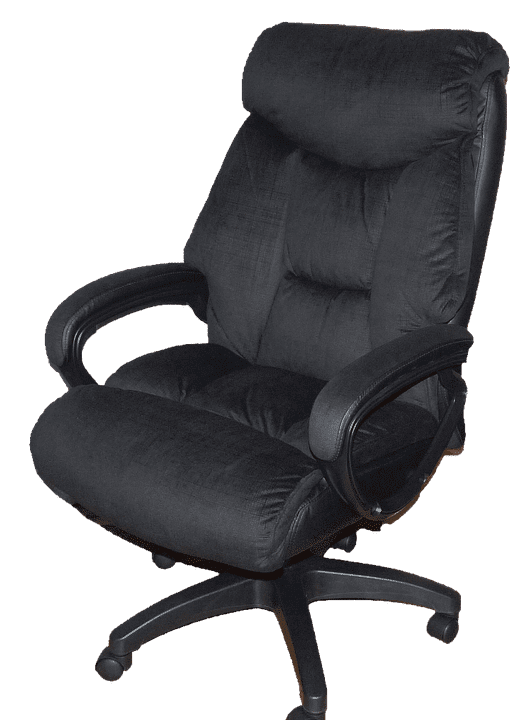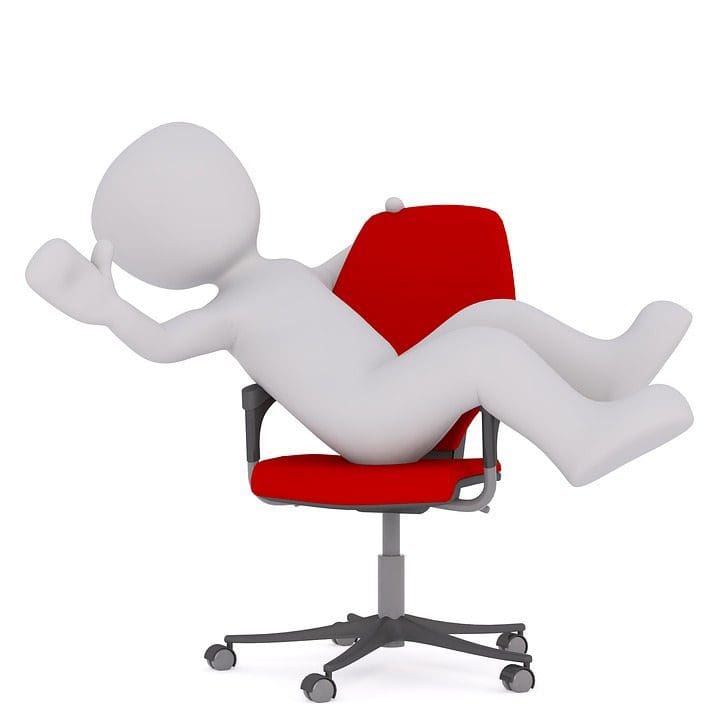Ergonomics in the work place. Back pain is one of the most frequent work-related injuries and is often brought on by ordinary work activities like sitting in an office chair or heavy lifting. the study of the workplace as it relates to the worker – helps prevent back pain and back injury and help maintain a healthy back.
The objective of an ergonomics program in business is to adapt the workplace to a specific worker, determined by the job description, required tasks, and physical make up of the employee performing these tasks.
- Non-accidental injury, where pain occurs as a result of normal activities and needs of the task. This might occur from sitting in an office chair or standing for too long in one position.
- Accidental injury results when an unexpected event triggers injury during the task. A load that changes as it is being lifted, and fall and a slip or hitting one’s head on a cabinet door or slips are typical examples. These injuries can jolt other joints, back, and the neck with consequent muscle strain or tearing of soft tissue at the back.
Occupations which are physically demanding and require repetitive lifting (such as in nursing or heavy industry) are at greatest risk for both non-accidental and accidental spine injury. For instance, a number of health workers have problems because patients are of weight and different stature with needs. Often, the patients need help changing position, rising from a chair and walking. Similarly, the physical effort needed to release a trapped individual or save a life is unpredictable. The same problems occur in the building industry where consistencies of tasks are a challenge.
Table of Contents
Office Chair Back Injuries
 Individuals who sit most of the day, like those working in a computer while sitting in an office chair, are also at high risk for non-accidental spine injury. Office ergonomics, or computer ergonomics, can help minimize the risk such as the dangers associated with prolonged sitting in an office chair, and carpal tunnel syndrome, such as lower back pain, neck strain, and leg pain.
Individuals who sit most of the day, like those working in a computer while sitting in an office chair, are also at high risk for non-accidental spine injury. Office ergonomics, or computer ergonomics, can help minimize the risk such as the dangers associated with prolonged sitting in an office chair, and carpal tunnel syndrome, such as lower back pain, neck strain, and leg pain.
Office Chair: Ergonomics To Reduce Back Pain?
This guide summarize the use of ergonomic concepts, mechanical apparatus and decent body mechanics (biomechanics) that can contribute to reducing back injuries in the work environment for several jobs. Significantly, staying strong, physically fit and flexible improves the probability of preventing back injuries.
There are certain basic ergonomic tips which may help an employee avoid back pain or back injury:
- Develop a job description based on the forces within a particular work environment, the time spent performing the task and the biomechanics (which define human moves and seated posture in an office chair) used in the task.
- Use body posture as a tool which may be changed to fit the job demands with minimal stress on the muscles, ligaments, bones and joints.
- Learn and use proper body mechanics to restrict extra mechanical stress in completing the job.
- Maintain fitness and flexibility and create a reserve of strength.
Identifying Poor Posture And Risks
 Many potentially harmful situations that lead to back injury can be identified and avoided by following four basic rules of thumb:
Many potentially harmful situations that lead to back injury can be identified and avoided by following four basic rules of thumb:
Prolonged static posture is your enemy. The healthy body can only tolerate staying in one position for around 20 minutes. That is sitting at a movie theatre, in a desk in an office chair, or on an airplane becomes uncomfortable after a short time. Standing in one area, such as standing on a floor at an assembly line tends to cause back pain. Holding the same position gradually reduces elasticity in the soft tissues (muscles, ligaments, and tendons in the back). Stress builds up and causes discomfort and/or leg discomfort back.
The remedy is simple. Whether you are sitting in an office chair or standing in a line, change positions frequently. Just move. Stand or sit, stretch, have a short walk. After returning to the standing or sitting posture, use an alternate posture for only a couple minutes and some.
Frequent or repetitive stretching to the end range of motion or embarrassing, angled positions can liquefy the joints. Unlike jobs that need seating in an office chair, jobs that require motion can cause discomfort. Such tasks involve lifting overhead lifting from the floor, moving loads, or utilizing force or twisting while managing material and which signal back injuries might be on the way.
Heavy loads offer greater risk. It is important to have the proper tools or get help if the job requires moving objects.
Fatigue from sitting in an office chair, from work or from insomnia can make people move more awkwardly. If one is overtired or feels fatigued, it is advisable to avoid lifting heavy objects alone or quickly.
 These ergonomic rules of thumb will help the worker and their backs. Otherwise the worker is at risk of sustaining or aggravating a back injury.
These ergonomic rules of thumb will help the worker and their backs. Otherwise the worker is at risk of sustaining or aggravating a back injury.
Post Disclaimer
Professional Scope of Practice *
The information herein on "Ergonomics: Office And Workplace" is not intended to replace a one-on-one relationship with a qualified health care professional or licensed physician and is not medical advice. We encourage you to make healthcare decisions based on your research and partnership with a qualified healthcare professional.
Blog Information & Scope Discussions
Our information scope is limited to Chiropractic, musculoskeletal, physical medicines, wellness, contributing etiological viscerosomatic disturbances within clinical presentations, associated somatovisceral reflex clinical dynamics, subluxation complexes, sensitive health issues, and/or functional medicine articles, topics, and discussions.
We provide and present clinical collaboration with specialists from various disciplines. Each specialist is governed by their professional scope of practice and their jurisdiction of licensure. We use functional health & wellness protocols to treat and support care for the injuries or disorders of the musculoskeletal system.
Our videos, posts, topics, subjects, and insights cover clinical matters, issues, and topics that relate to and directly or indirectly support our clinical scope of practice.*
Our office has reasonably attempted to provide supportive citations and has identified the relevant research study or studies supporting our posts. We provide copies of supporting research studies available to regulatory boards and the public upon request.
We understand that we cover matters that require an additional explanation of how it may assist in a particular care plan or treatment protocol; therefore, to further discuss the subject matter above, please feel free to ask Dr. Alex Jimenez, DC, or contact us at 915-850-0900.
We are here to help you and your family.
Blessings
Dr. Alex Jimenez DC, MSACP, RN*, CCST, IFMCP*, CIFM*, ATN*
email: coach@elpasofunctionalmedicine.com
Licensed as a Doctor of Chiropractic (DC) in Texas & New Mexico*
Texas DC License # TX5807, New Mexico DC License # NM-DC2182
Licensed as a Registered Nurse (RN*) in Florida
Florida License RN License # RN9617241 (Control No. 3558029)
License Compact Status: Multi-State License: Authorized to Practice in 40 States*
Presently Matriculated: ICHS: MSN* FNP (Family Nurse Practitioner Program)
Dr. Alex Jimenez DC, MSACP, RN* CIFM*, IFMCP*, ATN*, CCST
My Digital Business Card


